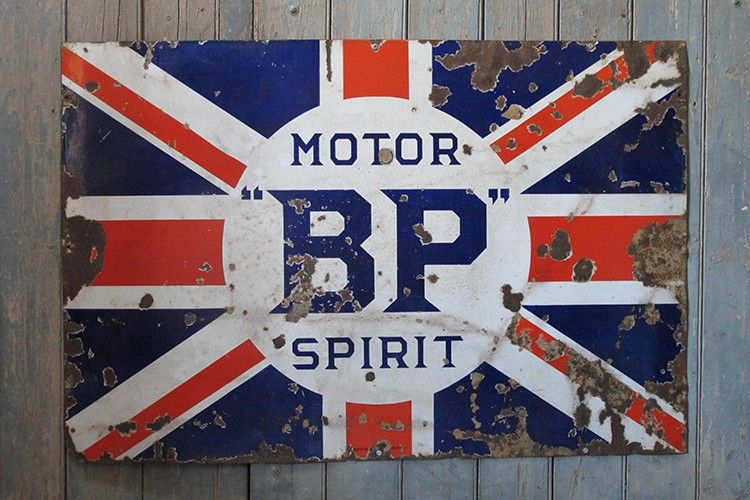Preparing a Vehicle for Long Term Storage at Auto Classica Storage

Car Storage
February 16, 2019
The following post considers our recommendations for preparing a vehicle for long term storage before being stored at one of our three secure car storage facilities.
This step-by-step pre-storage process is for customers who'd like to prepare their own cars for storage.
Following these common-sense guidelines will help to keep your car in the best possible condition whilst laid up and out of regular use.
1. Have your car serviced at a reputable garage.
Our first recommendation when asked about preparing a vehicle for long term storage is always this; get your car serviced by a good local dealership or trusted independent garage.
Explain to your garage that you’ll be storing your car for several months.
Your garage will most likely prescribe the ‘topping up’ (or changing for new) of all the basic fluids such as oil, coolant and brake fluid, as well as possibly suggesting that you change the oil filter.
If your car is on one of our Premium Services, whilst your car is with us, we will keep an eye on any leakage from underneath the car and report back. This includes, as we'll discuss later, losing pressure from the tyres.
Step 2. Remove all non-essential items (and rubbish) from inside the car.
Please remove any items from the car that do not belong with the car.
We cannot accept responsibility for personal belongings stored inside a vehicle and will ask you to remove any bags, boxes, jackets, shoes, glasses, glasses cases, aftershaves, perfumes, sweets and so on.
We will also not accept responsibility for any car parts that are not attached to a car in the correct manner. These are left in a car at your own risk - we will ask you to remove any car-parts that are placed in such a away that might interfere with the safe driving of the vehicle.
Please do definitely check for hidden litter in your car – especially any fluids, perishables or edibles – which could rot under a seat or in a door pocket or in the glove box.
It’s obvious when you think about it, but whilst preparing a vehicle for long term storage you’d be surprised what we find left inside cars.So, do please check both in, and under, the following:
- Car seats and in the gaps between the seats and back cushions
- Car seat pockets
- Boots & Hoods
- Spare wheel compartments
- Door pockets and storage cubby holes
- Glove box and other compartments
-
Step 3. Clean and dry your car inside and out.
All cars that come in to us should be clean and dry. Inside and out.
If you can, do take time to ensure your car is completely dry inside* especially wet-vacced carpets and in the spare wheel compartment within the boot space.
If we believe that your car may be damp inside, increasing the risk, over time, of mould attacking the interior due to excess moisture, then we will advise a course of drying.
This will include, as a precaution, the car sitting in a sealed air-chamber for a minimum of 48 hours prior to being put away.
*We will use damp meter during the induction process to test the moisture content of the car.
Step 4. Fill the fuel tank with fuel.
On your way to us please fill the fuel tank to the brim with a premium grade fuel.
The reason we suggest this course of action is to help avoid any condensation building up in the tank over long periods of non-use.
If you’re worried about the fuel going off whilst the car is in storage, adding some fuel stabiliser will help to keep the fuel in good order.
Step 5. Check your tyre pressures.
Please visually check your tyres for any obvious pressure differences as well as any obvious tyre damage.
It's quite likely your tyre pressures will have been checked during the pre-storage service too, and we will also make a note of each tyre and wheel’s condition during the induction process.
It’s a good idea to check the tyre pressures a week or so before your drop off date and make a note of these details and any differences on the day of storage.
Step 6. Use of a fit-for-purpose battery conditioner.
Obviously, we recommend keeping your cars main battery charged using a 12v or 6v battery conditioner.
However, with batteries and electricity there is always the possibility of failure and potentially the risk of fire.
Therefore, if you intend to use your own battery conditioner please let us know in advance and be sure to see that it has been PAT tested within the last 12 months.
We can provide PAT Tested CTek battery conditioners to all our customers for a small weekly fee - our 'Premium Storage' service provides CTek battery conditioners as part of the service.
Step 7. Use of a fit-for-purpose car cover.
It is another good idea to keep your car covered during storage and we recommend the use of clean, soft, breathable car covers.
We can and do provide these to our customers for a small weekly fee and our Premium Storage service provides a soft cover as part of the service.
However, if you intend to use your own cover please be sure to that it is a clean and soft ‘indoor cover’ in good condition.
Importantly, please be sure it is NOT an outdoor, waterproof style cover as these will likely trap moisture between the underside of the cover and on the surface of the car body work.
Step 8. A note about SORN
If you don’t intend to drive your car at all during storage then it’s probably wise to SORN (Statutory Off Road Notification) your vehicle after it has been dropped it off with us.
You can register your car as SORN here - https://www.gov.uk/make-a-sorn
Remember that, since the introduction of Continuous Insurance Enforcement (CIE) in 2011, your car must remain insured while not being used unless you make a SORN*
And, you will most probably have checked whether your car requires an up to date MOT* or whether the cars tax is due already on the booking form, but if not you can check both MOT and Tax status of your car here.
* Taxing your car will cancel any SORN. Read How to Unsorn your car.
* If you need an MOT, you can only drive the car if it’s to a garage for a pre-booked MOT - we'd be happy to organise the MOT for you whilst your car is in storage.
Step 9. Insurance
If you’re intending to keep your car’s insurance in place during storage - and we highly recommend that you do (please see our Terms and conditions) - then please do give your insurance company our contact and address details.
All our facility address details are available on request to customers.
And that's it. Your car is ready for storage.
Except for one thing.
Step 10. Leave it to us
Not all our customers have the luxury of time for preparing their vehicle for long term storage.
And that's ok by us.
All our customers will have (and do have) unique requirements and we are, of course, more than happy to organise for any car to be prepared for storage on their behalf once it has been delivered to us.
And even before that. We will even organise transport to get your car to our facility safely.
Our aim is to make your life less painful by taking the stress of car storage away. Please let us know how we can help.
.svg)



